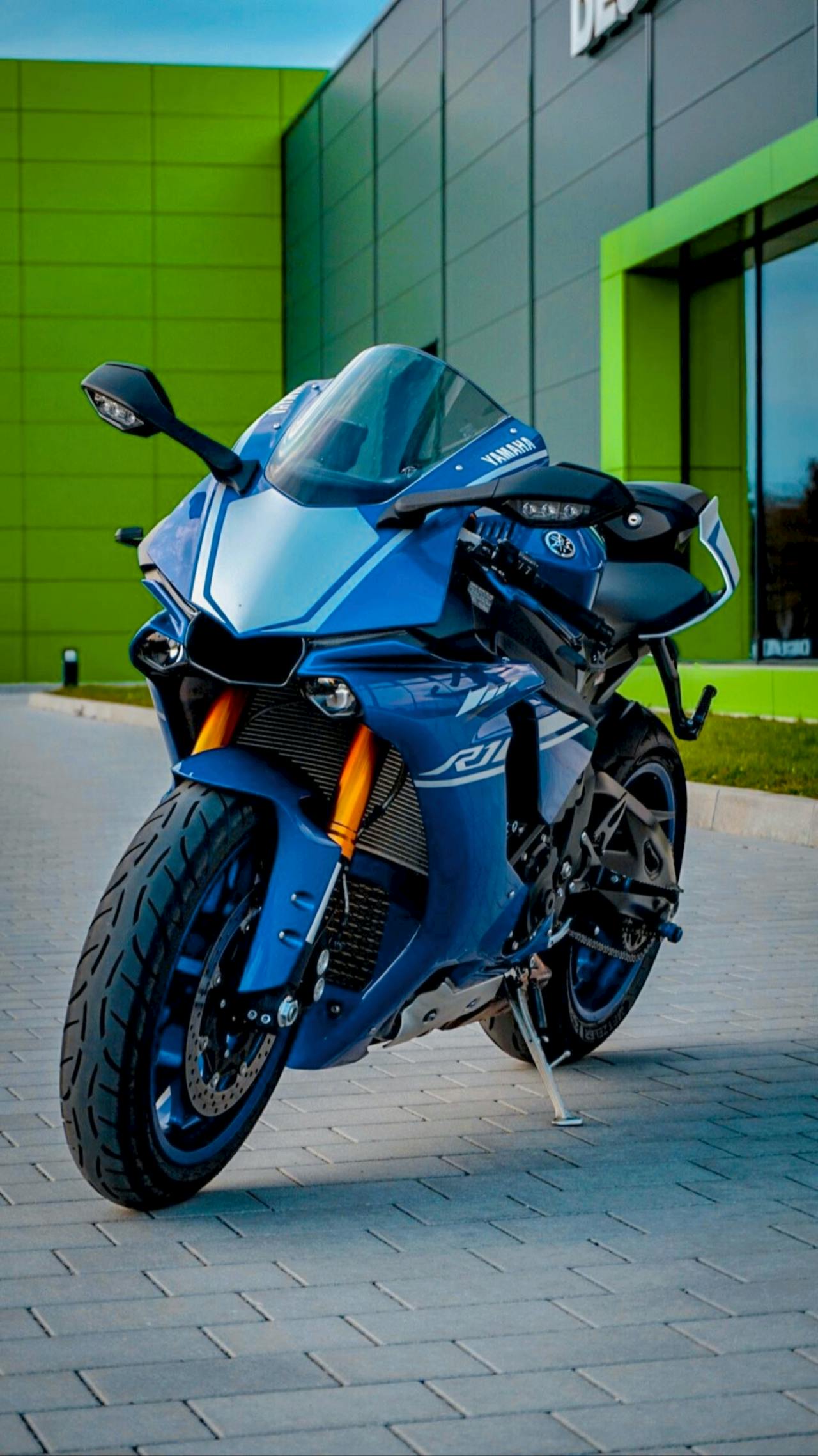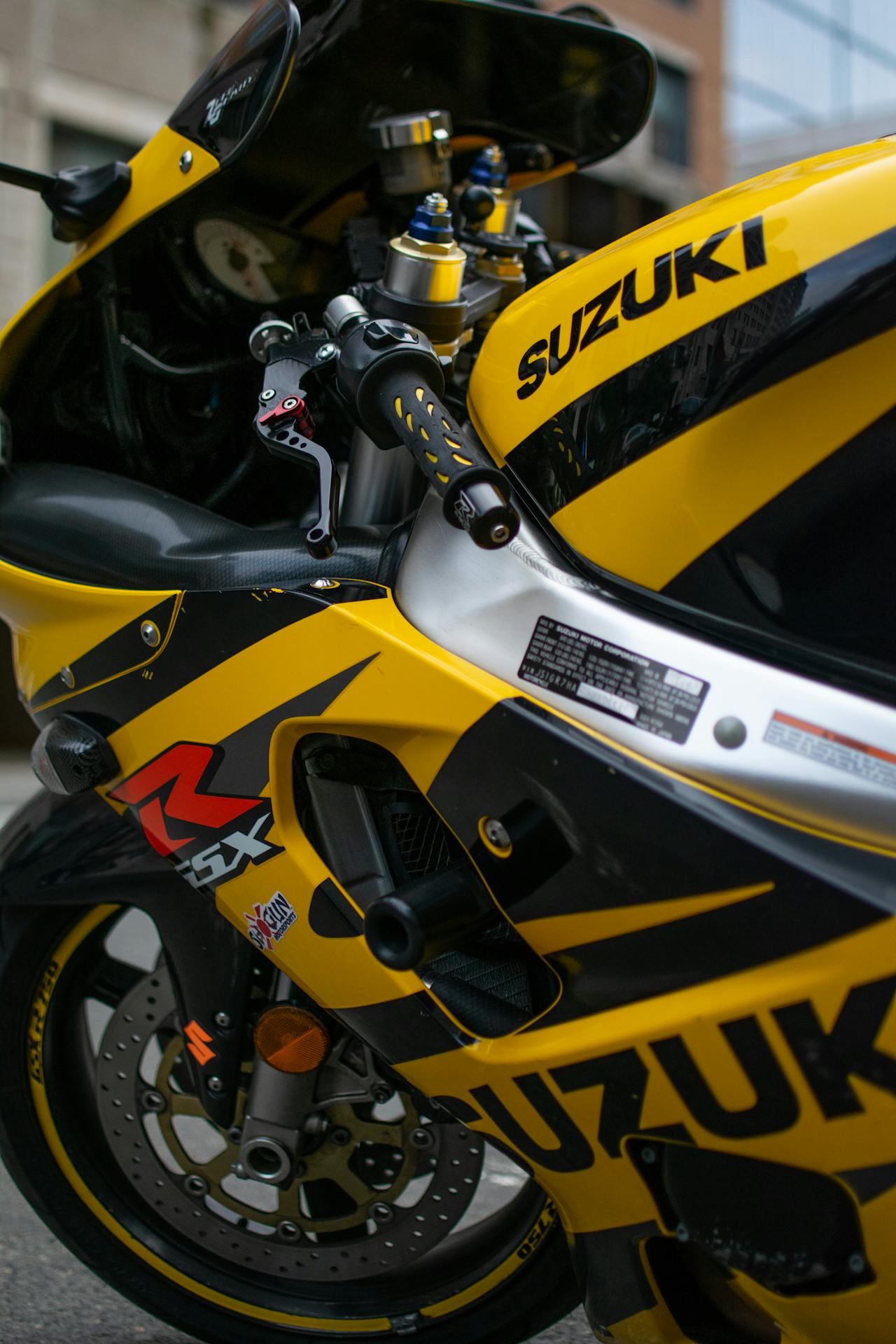
Yamaha Motorcycles has been a dominant name in the global two-wheeler industry for decades. Renowned for their cutting-edge technology, high-performance engines, and stylish designs, Yamaha motorcycles appeal to a broad range of riders, from beginners to professional racers. With a history spanning over 65 years, Yamaha has played a crucial role in shaping the modern motorcycle industry.
This article explores the history, innovations, popular models, and Yamaha's influence on the motorcycle world.
---
The Origins of Yamaha Motorcycles
From Musical Instruments to Motorcycles
Before Yamaha became a motorcycle powerhouse, it was known for producing musical instruments. Established in 1887 by Torakusu Yamaha, the company initially focused on pianos and organs. It wasn’t until after World War II that Yamaha ventured into motorcycle manufacturing.
The Birth of Yamaha Motor Co., Ltd. (1955)
As Japan recovered from the war, there was an increasing demand for affordable and efficient transportation. Recognizing this opportunity, Genichi Kawakami, the president of Nippon Gakki (now Yamaha Corporation), decided to enter the motorcycle business.
In 1955, Yamaha Motor Co., Ltd. was officially founded, and the company released its first motorcycle, the YA-1, also known as the "Red Dragonfly." Powered by a 125cc two-stroke engine, the YA-1 quickly gained popularity due to its reliability and performance, marking the beginning of Yamaha's journey in the motorcycle industry.
---
Global Expansion and Rise to Prominence
By the 1960s, Yamaha had expanded beyond Japan, establishing itself as a major player in international markets, particularly in the United States and Europe.
Success in Racing: Establishing Yamaha’s Reputation
Yamaha's involvement in motorcycle racing played a critical role in building its reputation. The company entered the Catalina Grand Prix in 1958, where the YA-1 proved its capability by securing a victory. This marked the beginning of Yamaha's dominance in racing.
Yamaha continued to invest in motorsports, participating in MotoGP, Superbike World Championship, and Motocross Racing, earning multiple world championships over the decades. Racing success not only boosted Yamaha’s brand image but also led to technological advancements that benefited its consumer motorcycles.
---
Technological Innovations in Yamaha Motorcycles
Yamaha has been a pioneer in motorcycle engineering, consistently introducing groundbreaking technologies.
1. Two-Stroke and Four-Stroke Engine Development
In its early years, Yamaha focused on high-performance two-stroke engines, which were lightweight and powerful. However, as environmental concerns grew, Yamaha shifted towards developing four-stroke engines that offered better fuel efficiency and lower emissions.
2. Yamaha Power Valve System (YPVS)
Introduced in the 1980s, YPVS optimized exhaust port timing to improve power delivery, making two-stroke engines more efficient and responsive. This technology became a game-changer in racing and sport motorcycles.
3. Crossplane Crankshaft Technology
Yamaha introduced the Crossplane Crankshaft in the YZF-R1 superbike, allowing for smoother power delivery and better traction. This innovation significantly improved handling and performance, especially in high-speed conditions.
4. Deltabox Frame
First developed for Yamaha’s racing bikes, the Deltabox frame offers superior rigidity and lightweight construction, enhancing stability and cornering ability. It has since been incorporated into Yamaha’s street and sport motorcycles.
5. Smart Technologies: Ride-by-Wire & Quick Shifter
Modern Yamaha motorcycles feature ride-by-wire throttle systems, which provide smoother acceleration and improved fuel efficiency. Additionally, quick shifters enable seamless gear changes without the need for a clutch, enhancing performance for sport and racing models.
---
Popular Yamaha Motorcycle Models
Yamaha manufactures motorcycles across multiple categories, catering to different types of riders.
1. Sport and Superbike Models
Yamaha's sport motorcycles are known for their speed, agility, and high-performance engineering.
Yamaha YZF-R1 – The flagship superbike, featuring a 998cc crossplane engine, advanced electronics, and MotoGP-inspired design.
Yamaha YZF-R7 – A middleweight sportbike that offers a perfect balance of power and control.
Yamaha YZF-R3 – A lightweight, beginner-friendly sportbike with a 321cc engine.
2. Naked and Street Motorcycles
For riders who prefer a blend of performance and everyday usability, Yamaha's naked bikes provide excellent versatility.
Yamaha MT-09 – A powerful 890cc triple-cylinder motorcycle with aggressive styling and dynamic performance.
Yamaha MT-07 – A highly popular 689cc bike known for its affordability and fun riding experience.
Yamaha MT-03 – A beginner-friendly 321cc streetfighter with an aggressive look.
3. Adventure and Touring Motorcycles
Designed for long-distance travel and off-road exploration, Yamaha's adventure bikes are built for endurance.
Yamaha Tenere 700 – A rugged, off-road-focused adventure bike with a powerful 689cc engine.
Yamaha Super Tenere 1200 – A high-performance touring motorcycle equipped with advanced electronics.
Yamaha Tracer 9 GT – A sport-touring bike that blends comfort with performance.
4. Cruiser and Classic Motorcycles
For those who love relaxed riding, Yamaha offers stylish cruisers.
Yamaha Bolt R-Spec – A modern 942cc cruiser with a minimalist design.
Yamaha VMAX – A high-performance power cruiser with a 1679cc V4 engine.
5. Off-Road and Motocross Bikes
Yamaha dominates the dirt bike segment with its championship-winning motocross models.
Yamaha YZ450F – A powerful motocross bike designed for professional riders.
Yamaha WR250F – A lightweight off-road motorcycle for trail riding.
Yamaha TT-R230 – A great beginner-friendly dirt bike.
---
Yamaha’s Impact on Motorcycle Racing
Yamaha has been a dominant force in motorcycle racing, particularly in MotoGP, where legendary riders like Valentino Rossi and Jorge Lorenzo have won multiple world championships riding Yamaha bikes.
Some of Yamaha’s racing achievements include:
Numerous MotoGP titles with the Yamaha YZR-M1
Victories in the Dakar Rally with the Yamaha Tenere
Dominance in motocross championships with the YZ series
Through racing, Yamaha continuously develops and refines its motorcycles, ensuring that technology used in competitions makes its way into consumer models.
---
Sustainability and the Future of Yamaha Motorcycles
As the world shifts towards sustainability, Yamaha is actively working on eco-friendly motorcycle technology.
1. Electric Motorcycles
Yamaha has introduced electric concepts like the Yamaha E01 and EC-05, aiming to create efficient, zero-emission urban transportation.
2. Hydrogen and Hybrid Technology
Yamaha is also researching hydrogen-powered motorcycles and hybrid engine systems to reduce carbon emissions while maintaining performance.
3. Smart Connectivity & AI Integration
Future Yamaha motorcycles will feature AI-based safety systems, smart connectivity, and semi-autonomous riding features to enhance rider experience and safety.
---
Conclusion: Yamaha’s Enduring Legacy
Yamaha Motorcycles has established itself as one of the most respected and innovative brands in the industry. Whether it’s through high-performance sportbikes, comfortable touring motorcycles, rugged off-road machines, or sustainable future technology, Yamaha continues to lead the way.
With a strong commitment to innovation, performance, and rider satisfaction, Yamaha remains a favorite among motorcycle enthusiasts worldwide. Whether you’re a beginner, a professional racer, or an adventure seeker, Yamaha has a motorcycle designed to meet your needs, ensuring that the thrill of riding continues for generations to come.









